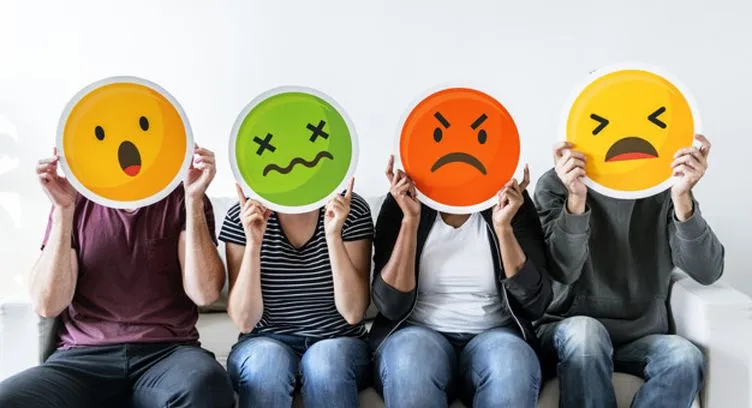Here's What the 50 Most Used Emoticons Mean
Today, digital communication has gone beyond just using words. Emoticons, or emotion icons, have become a universal language, helping us express feelings, reactions, and emotions quickly and clearly.

From happy smiles to tears of sadness, emoticons add an expressive touch to text messages, emails, and social media. This time, Carisinyal will explain the meanings of 50 popular emoticons to help you understand how these symbols can make your communication more lively
???? - A simple smile that shows happiness or approval.
???? - Laughing face with tears, indicating something very funny.
???? - A crying face, showing sadness or a sense of loss.
???? - An angry face, showing frustration or anger.
???? - A face with heart-shaped eyes, showing love or admiration.
???? - Thinking face, showing doubt or judgment.
???? - A sleeping face, indicating tiredness or boredom.
???? - A face with sunglasses, indicating coolness or relaxation.
???? - A sly smile, indicating self-satisfaction or a sense of superiority.
???? - Smile with happy eyes, showing joy or warmth.
???? - Face with a halo, showing innocence or kindness.
???? - A face with heart-shaped eyes and red cheeks, showing deep love.
???? - A face crying loudly, indicating intense sadness.
???? - Faces with starry eyes, showing admiration or surprise.
???? - A face with smoke coming out of the nose, indicating frustration or controlled anger.
???? - A surprised face with an open mouth, showing shock or surprise.
???? - Face sticking out tongue with eyes closed, showing innocence or playfulness.
???? - Face with monocle, indicating criticality or analysis.
???? - Face with a medical mask, indicating illness or wanting to stay healthy.
???? - Robot face, indicating rigidity or lack of emotion.
???? - Halloween pumpkin, indicating celebration or playful fear.
???? - Unimpressed face, indicating disappointment or dissatisfaction.
???? - Awkward face, indicating an uncomfortable or embarrassing situation.
???? - Hugging face, indicating warmth or comfort.
???? - Eye rolling, indicating distrust or boredom.
???? - Face sending a kiss, showing affection or a warm farewell.
???? - A face with eyes in the shape of a dollar symbol and a tongue, indicating excitement towards money or wealth.
???? - Surprised face with mouth wide open, showing surprise or amazement.
???? - A dizzy face, indicating confusion or feeling overwhelmed.
???? - A face with a zip in the mouth, indicating secrets or a desire to remain silent.
???? - Sneezing face, indicating a cold or flu.
???? - Sleepy face with nose bubbles, indicating tiredness or readiness to sleep.
???? - Cowboy face, indicating adventure or wild spirit.
???? - A face with horns, indicating evil or mischief.
???? - An angry face with horns, indicating anger or malicious intent.
???? - Clown face, indicating cuteness or strangeness.
???? - Party face, indicating celebration or fun.
???? - Drooling face, indicating passion or strong desire.
???? - Mouthless face, indicating silence or inability to speak.
???? - Upturned face, indicating a relaxed attitude or unique worldview.
???? - Face with bandages, indicating injury or pain.
???? - Face with thick glasses, indicating intelligence or a bookish nature.
???? - A confused face, indicating discomfort or disappointment.
???? - Frightened face, indicating fear or anxiety.
???? - A face with a hand over the mouth, showing surprise or wanting to hide a reaction.
???? - Pleading face, showing an urgent request or need.
???? - Whispering face, showing a secret or asking for silence.
???? - Face with a thermometer, indicating illness or fever.
???? - Hot face, indicating hot weather or feeling overheated.
???? - Cold face, indicating cold weather or feeling cold.
Emoticons don't just decorate text messages; they help 'speak' feelings. By expressing a wide range of emotions and reactions, emoticons enhance our messages, adding an emotional depth that words alone can't achieve.
The presence of emoticons in digital communication shows how technology can enrich human interaction, allowing us to communicate in a more intuitive and expressive way.
